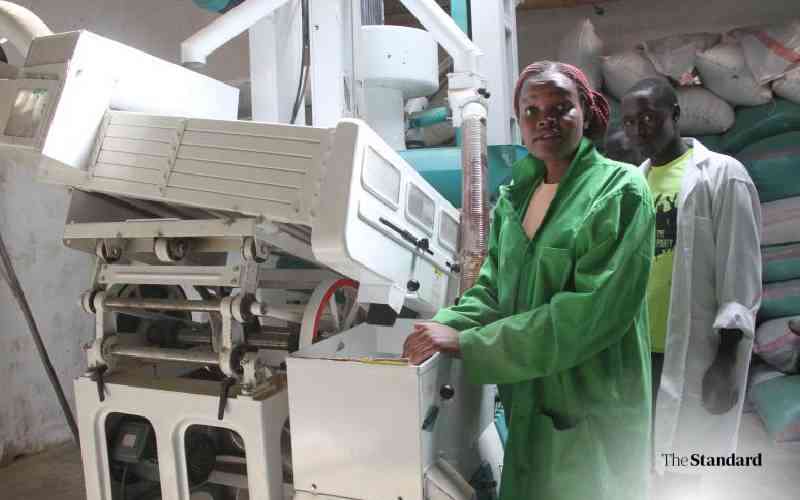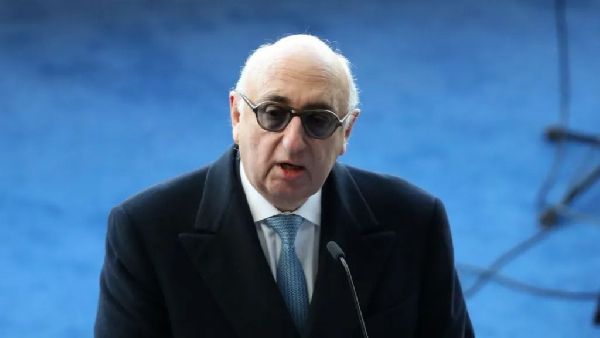Telecom Egypt completes two SEA-ME-WE-6 cable landings
Telecom Egypt, in collaboration with subsea supplier SubCom, successfully completed the dual landings of the Southeast Asia-Middle East-Western Europe 6 (SEA-ME-WE-6) subsea cable system on both of Egypt's coasts.
In a statement, Telecom Egypt said the SEA-ME-WE-6 subsea cable system now has landing points in Port Said on the Mediterranean coast, and another in Ras Ghareb on the Red Sea.
According to the telco, it facilitated the connection between the two coastal landing points by ensuring diverse and resilient terrestrial crossing routes were in place, enabling the subsea cable to complete its landing in Egypt.
"This milestone marks a significant step in the ongoing expansion of the cable system, which is expected to further strengthen connectivity across the region once it becomes operational," Telecom Egypt said in a statement.
The SEA-ME-WE-6 subsea system is the sixth in the SEA-ME-WE cable system family.
It connects Singapore to France crossing Egypt's territory terrestrially, with SubCom serving as the contractor responsible for building the subsea cable system.
Telecom Egypt said that once completed the SEA-ME-WE-6 cable system will establish a strategic connection between Africa, Asia and Europe through its 17 landing points, significantly enhancing global network infrastructure.
.jpg?width=700&auto=webp&quality=80&disable=upscale)
The SEA-ME-WE-6 subsea cable system now has landing points in Port Said on the Mediterranean coast, and another in Ras Ghareb on the Red Sea. (Source: SMW6 consortium)
"Spanning a distance of 21,700 km, the system's consortium comprises 16 major subsea cable providers, including Telecom Egypt, alongside BEYON B.S.C, Bangladesh Submarine Cables, Bharti Airtel, China United Network Communications Group Company Limited, Dhiraagu, Djibouti Telecom, Microsoft, Mobily, Orange, PCCW Global, Singtel, Sri Lanka Telecom, Telekom Malaysia, Telin, and Trans World Associates," the telco explained.
Telecom Egypt MD and CEO Mohamed Nasr said two landings enabled the connection between the Red Sea and Mediterranean segments of the cable via two diversified trans-Egypt terrestrial routes.
"Over the years, the Eurasia route between Southeast Asia and Europe has proven its importance and effectiveness in carrying critical telecommunication traffic. Thus, we keep developing new routes to connect Singapore and Egypt, adding layers of diversity, enhanced marine paths and much-needed capacity," Nasr explained.
SubCom President and CEO David Coughlan congratulated Telecom Egypt and its consortium partners on the landings of SEA-ME-WE-6 in Port Said and Ras Ghareb, which together represent another major step towards the complete deployment of this expansive subsea cable system.
"From engineering to route design, and manufacturing to installation, SubCom has played a vital role in making SEA-ME-WE-6 a reality for its operators and their customers. Our team looks forward to the next set of milestones associated with this impressive project," Coughlam said.
There are now a number of cables surrounding the continent and several systems link Africa to other regions.
Just last month, a consortium of four major subsea cable operators signed an agreement to collaborate on the construction of the Asia-Africa-Europe-2 (AAE-2) subsea cable system.
The four operators were PCCW Global, Sparkle, Telecom Egypt and Zain Omantel International (ZOI).
In recent years there has been growth from newer systems like Meta-backed 2Africa and Google-backed Equiano adding to more established systems like the West Africa Cable System (WACS), South Atlantic-3 (Sat-3) and Africa Coast to Europe (ACE).
In May 2024, Google announced it would build a subsea cable called Umoja that will connect Africa to Australia.
Egypt has become a key link point for cables connecting Africa to Europe, the Middle East and Asia.
In November 2024, Telecom Egypt and Alcatel Submarine Networks (ASN) landed the Africa-1 subsea cable system at the Ras Ghareb cable landing station in Egypt.
The same month, Telecom Egypt and Mobily signed an agreement to land a submarine cable connecting Saudi Arabia and Egypt.
In January 2024, Telecom Egypt and ZOI also partnered to establish what they called a new digital corridor connecting the Mediterranean to the Arabian Sea and Arabian Gulf.








